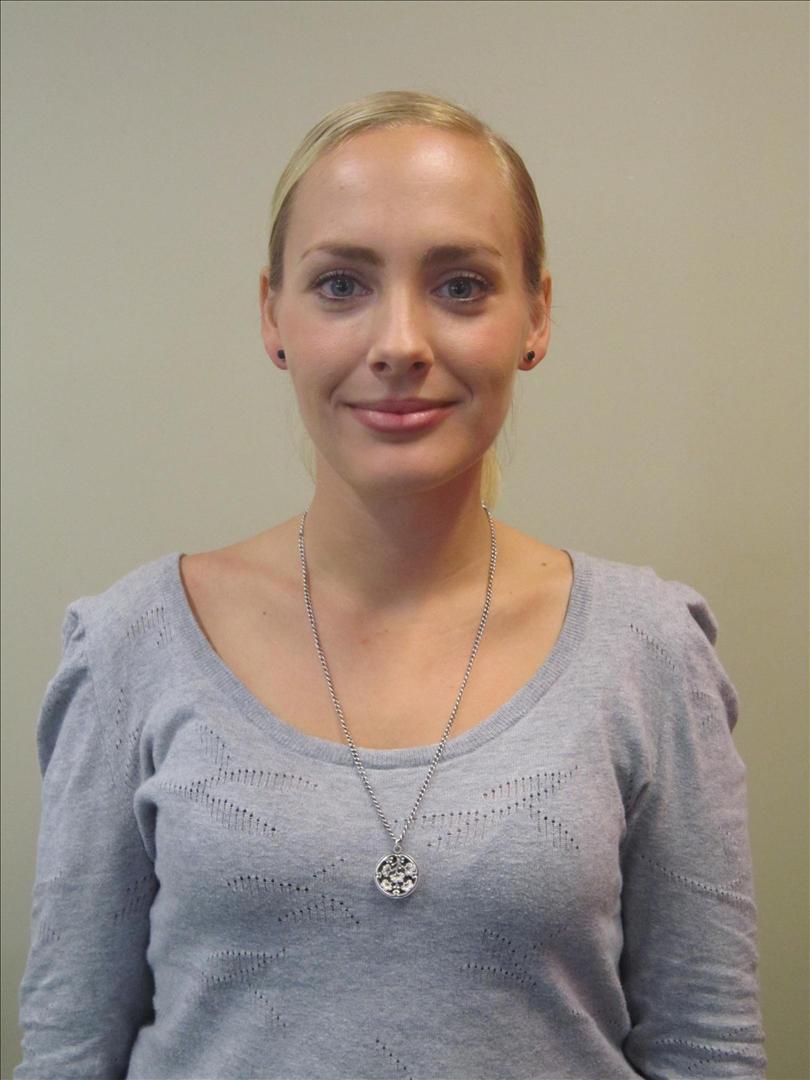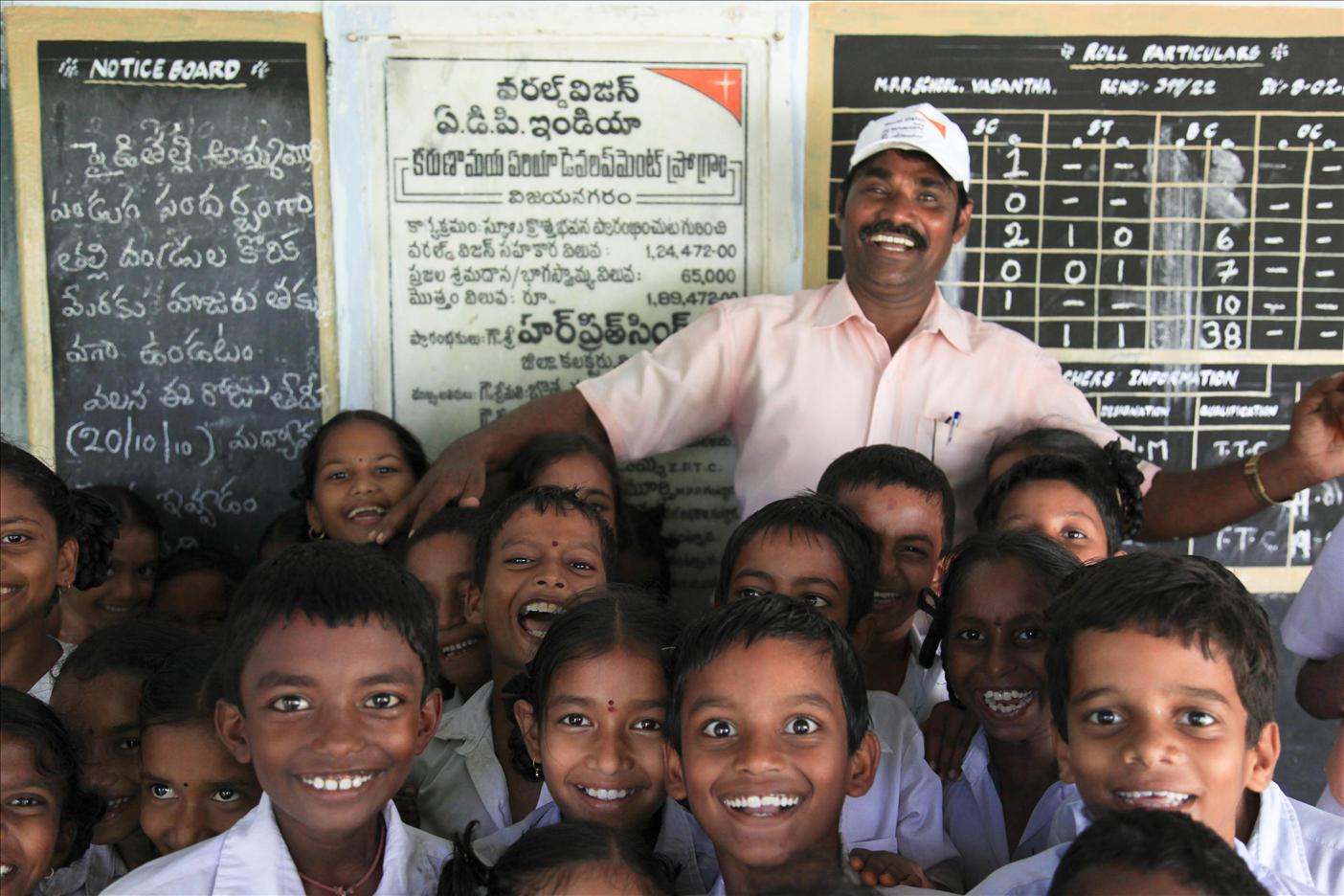 India’s caste system may have been abolished long ago but its legacy endures in rural villages, with many Indians still considering themselves ‘untouchables’.
India’s caste system may have been abolished long ago but its legacy endures in rural villages, with many Indians still considering themselves ‘untouchables’.
People born into an impoverished life are destined to stay poor until death.
“Regardless of social status, these people are human and therefore entitled to basic human rights, such as good health, access to food and education” World Vision Programme Manager Stephen Court said.
To ensure those rights are recognised, World Vision has recently established three new Area Development Programmes (ADPs), two in Bihar (Nalanda and Nawada)and one in Jharkhand (Dumka).
The Programmes, exclusively funded by New Zealanders, aim to improve living standards over a 15-year period. It is a considerable commitment but lasting change takes time.
The new ADPs are located in some of the poorest and most densely populated areas of India. Somewhat ironically, Nawada and Nalanda, which are located on the Ganges plains, have some of the most fertile soils in the world.
However, ordinary farmers have little chance at reaping the benefits.
A majority of land is owned by wealthy people who employ poor labourers.
Economic initiatives
The work is sporadic and the pay low. World Vision is working hard to put an end to their plight. By teaching landowners how to get the most out of their land, year-long work is being generated for farmers.
And in return for its advice, World Vision is negotiating higher wages and better work conditions.
Other economic initiatives include establishing Self Help Groups (SHGs) run by women, who are taught skills and provided with equipment, allowing them to sell their goods and make a profit.
Thanks to the Self Help Group (SHG) official Bikash, Sakunti Devi has managed to set up her own stationery shop. Rekha Devi has bought a buffalo and now sells its milk.
“There is no expectation these people will suddenly become rich but it is hoped that in time their living standards will improve to an acceptable level and they will be able to provide for their families,” Mr Court said.
Children are being given the opportunity to learn and shake the remnants of the caste system forever. Because their parents are earning a decent wage, they are no longer expected to work and are free to go to school.
High malnutrition
“ Interestingly, a man of the highest intellect arose from being an ‘untouchable’ (Dr B R Ambedkar) and wrote the Indian Constitution, which is regarded as one of the most egalitarian and fair constitutions in the world,” Mr Court said.
Interestingly, a man of the highest intellect arose from being an ‘untouchable’ (Dr B R Ambedkar) and wrote the Indian Constitution, which is regarded as one of the most egalitarian and fair constitutions in the world,” Mr Court said.
Improving health is another important feature of World Vision’s ADP work.
India has one of the highest rates of malnutrition in the world with 47% of children less than five years of age considered underweight.
Mr Court said he had seen many children who were ten years old or more but looked no more than six years old.
“These children are on the back-foot from the time of conception because their mothers are also malnourished,” he said.
Infant mortality
Malnutrition is the leading cause of infant and maternal mortality rates in many villages. Much of the problem is due to the fact there is little to eat and not much variety.
Increasingly unpredictable weather patterns are wreaking havoc on crops.
World Vision is introducing hardier alternatives and new farming methods to ensure over time food sources become more reliable.
In the meantime, there are almost 1800 children who desperately need sponsors in World Vision’s Bihar and Jharkhand ADPs.
There would be an outcry if just one child in New Zealand did not have access to food and clean drinking water. Why should it be any different in India?
Editor’s Note: Laura Gemmell is a journalist at World Vision based in Auckland. To sponsor a child in one of World Vision’s ADPs call 0800-800776 or visit www.worldvision.org.nz
Nawada ADP is located in the southern part of Bihar state. The majority of people here belong to the Musahar group (rat-eaters). Malnutrition is particularly prevalent; 60% of children under 3 are underweight.
Nalanda ADP is in the eastern part of Bihar state. World Vision is focusing on 43 villages in this area. The infant mortality rate is currently at 64 per cent due to malnutrition, diarrhea and a lack of vaccines for preventable diseases such as measles.
Dumka ADP
is located in Jharkand state. 70 per cent of people who live here have no access to safe water. The outdated caste system continues to influence society and gender biased attitudes are resulting in early marriage and child-birth, poor nutrition and high maternal mortality rates.
627 children need sponsors in Dumka.






